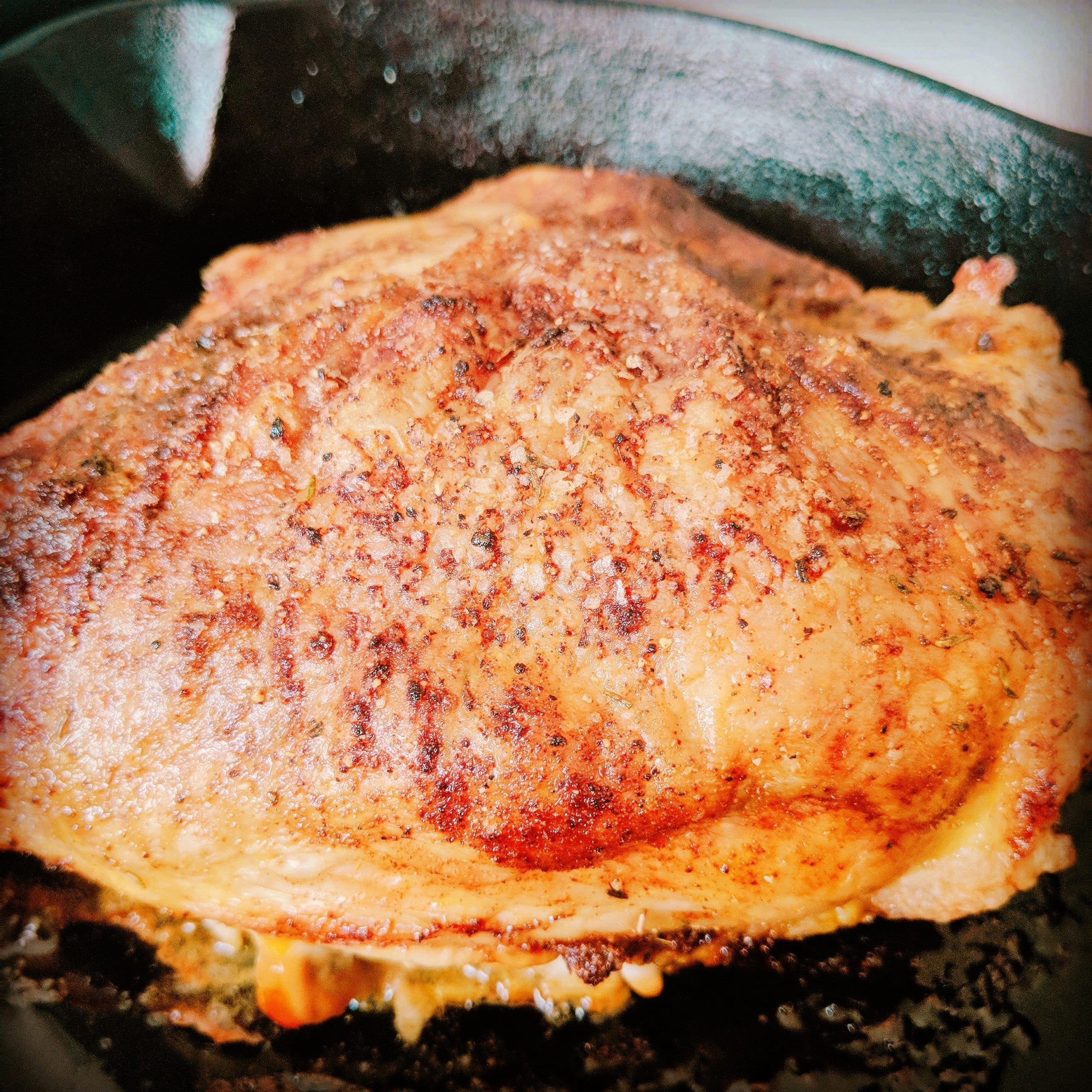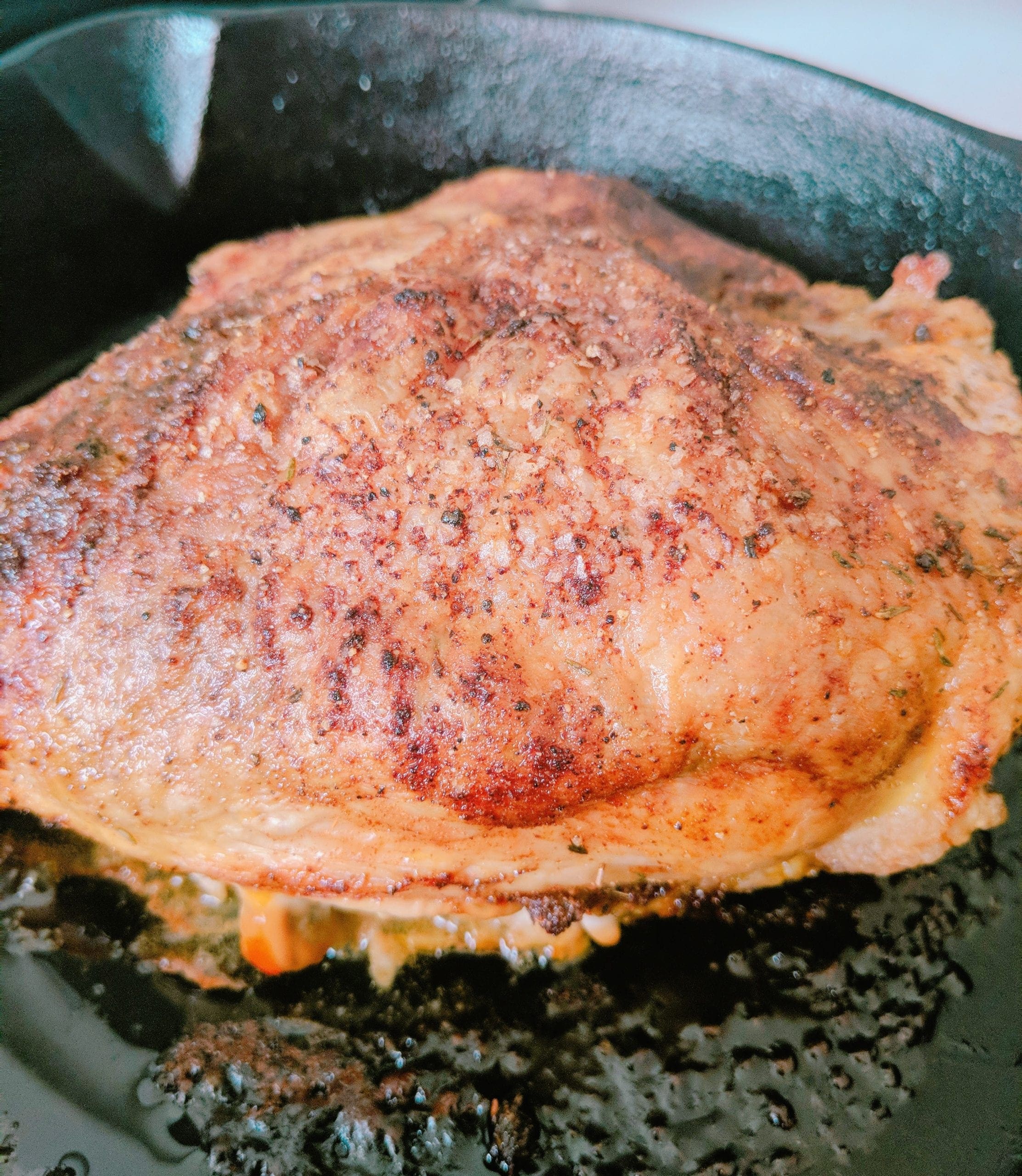Roasting an entire chicken for one can be a bit too much. This fact is even more true now that I have had gastric sleeve surgery. So what does one do with a tiny stomach and a craving for roasted chicken? You strike a compromise. My hero comes in the form of a bone-in skin-on chicken breast. I always keep one in the freezer for this reason. Depending on the size of the piece, it can last me two or three meals. This time frame is pretty similar to how long half of the chicken would last me.
Another reason I give precious freezer space to the bone-in skin-on breast is how roasted chicken makes me feel. There is a level of comfort radiating from this dish. The food which causes this cozy feeling is known as comfort food—types of comfort food change from person to person and culture to culture.
Precisely because of this reason, boneless, skinless chicken breasts do not invoke feelings of comfort. While I am partial to the breast, thighs, and leg quarters will also do.
Insurance for the Bone-in Chicken Breast
Before it goes into the oven, I prepare a bit of seasoned “insurance” in the form of butter. Soften butter with salt, pepper, whichever herbs tickle my fancy on that particular day. If I plan to use some of the breast for another day, I will only use salt and pepper. After the seasoned butter mixture, it is placed into the freezer to harden. Breast meat tends to dry out; keeping the skin and bones intact gives some protection from drying out. Placing the frozen butter under the skin will baste the chicken as it cooks.
Roasting Process
Using a cast-iron skillet keeps the heat consistent even and makes sure the chicken does not dry out. Using a higher temperature of 375 degrees will also keep things from drying out as well.

